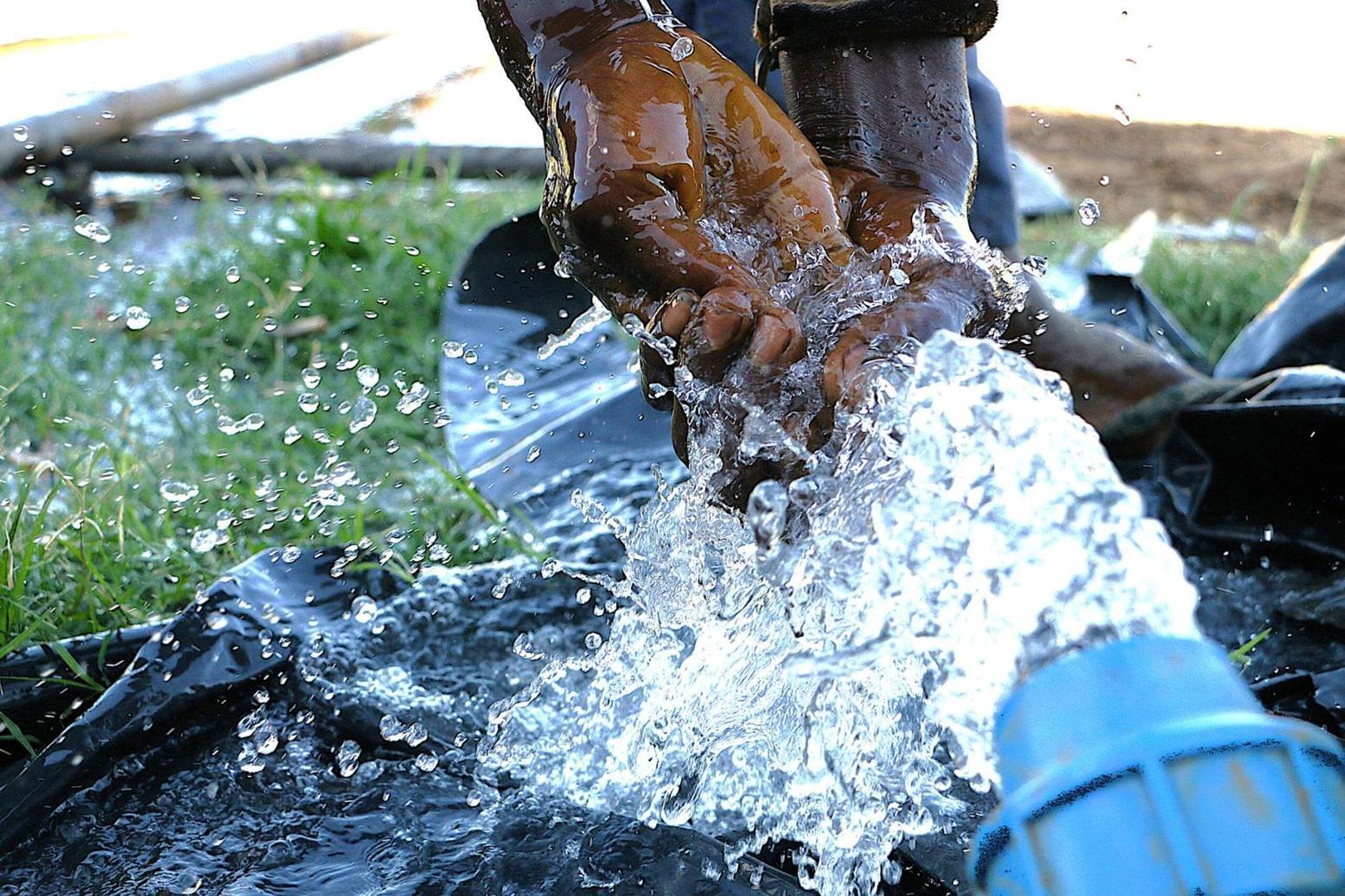Africa-Press – Namibia. Even though the country received the best rains in decades, there are no immediate plans by either the Namibia Water Corporation (NamWater) nor the City of Windhoek (CoW) to reduce the price of water.
The reasoning is that the water price is determined by economic factors comprised of treating, conveyance and distributing the resource.
Responding to queries, CoW spokesperson, Harold Akwenye said the last adjustment to water tariffs by the CoW was approved and implemented at the beginning of the 2023/2024 financial year, effective 1 July 2023. That average increase was approximately 5.5%, which aligned with inflationary pressures and the increased cost of bulk water supply from NamWater.
“While the recent rainfall has positively impacted dam levels and improved water security to the central areas of Namibia and Windhoek in the medium-term, this does not eliminate the cost of treating, conveyance and distribution of water to point of consumption,” Akwenye stated.
He added that the operational and maintenance cost in ensuring water distribution is directly influenced by economic factors including the procurement cost from the bulk water supplier, NamWater.
“The City of Windhoek supplies water on a cost-recovery model in line with NamWater tariffs, conveyance and distribution cost and the operational and maintenance costs of our water infrastructure, and as a result the water tariffs needs to be aligned. However, the situation remains under constant review, and any decision to adjust tariffs will be based on a comprehensive assessment of bulk water supply costs, long-term sustainability, and service delivery requirements,” Akwenye said.
He added that the drought “Block Tariffs” applicable in times of low dam levels as recently experienced, will be reviewed in line with the City’s water management plan. This decision is expected to be taken after the Central Area of Namibia meeting facilitated by NamWater next month, and will then be communicated after council’s consideration.
Meanwhile, NamWater says it has not raised tariffs for more than five years, despite significant increase in operational input costs. These include electricity, with the Namibia Power Corporation (NamPower) recently seeking a 17.44% tariff increase for the 2025/26 financial year, as well as chemicals required for water treatment. These inputs are essential to source, purify and distribute water reliably countrywide.
“While it is true that recent rains have led to increased dam levels in some parts of the country, this does not automatically translate into lower water supply costs. In fact, rainfall often leads to higher turbidity levels, especially in northern Namibia, which requires even more treatment and the use of additional chemicals — thus increasing operational costs,” reads a NamWater statement.
The water utility added that it is responsible for the bulk water supply to local authorities and other clients, and charges for the sourcing, purification, and delivery of water. “We do not control the final tariffs charged to end-users; that falls under the jurisdiction of the respective local authorities. Given the above, there are currently no plans to reduce water tariffs. On the contrary, the increasing cost of operations may necessitate future adjustments to ensure continued sustainability and reliability of water supply services,” a NamWater spokesperson emphasised.
Following exceptionally good rains during the just-ended season, NamWater reported positive inflows for several national dams, boosting domestic water security. Notable increases in water volumes were observed in Von Bach, Omatako, Otjivero, Hardap, Neckartal, and Naute Dams, among others.
Pipe repaired
Meanwhile, NamWater on Wednesday reported a pipe burst on the main transfer system between the Von Bach dam and the Windhoek terminal reservoir.
“This is a major supply interruption that affects the bulk water supply to Windhoek and other online clients along the affected route. Our Central Business Unit is currently on-site and doing repair work. The City of Windhoek and all clients who are directly impacted have been informed. At this stage, preliminary assessments show that the repairs may take up to 24 hours, although this may change depending on conditions on the ground,” reads a NamWater statement.
Yesterday morning NamWater announced the repairs on the pipe were completed by approximately 05h00 yesterday.
“Following the repairs, we have commenced the gradual filling of the pipeline. The outflow from Booster 2 to the Windhoek Terminal Reservoir has now been steadily ramped up to 600 cubic metres per hour, with an outlet pressure of 63 metres. This controlled increase is essential to ensure system stability and avoid further stress on the infrastructure,” NamWater said.
NamWater said the affected pipeline is a strategic national asset and that a project to replace the weakened section of the pipeline is scheduled for year and will be given high priority to ensure long-term resilience and uninterrupted supply to the capital.
“We will continue closely monitoring the system and provide updates as full normalisation progresses. We thank the public and our valued stakeholders for their patience and understanding during this major supply interruption,” NamWater added.
For More News And Analysis About Namibia Follow Africa-Press






